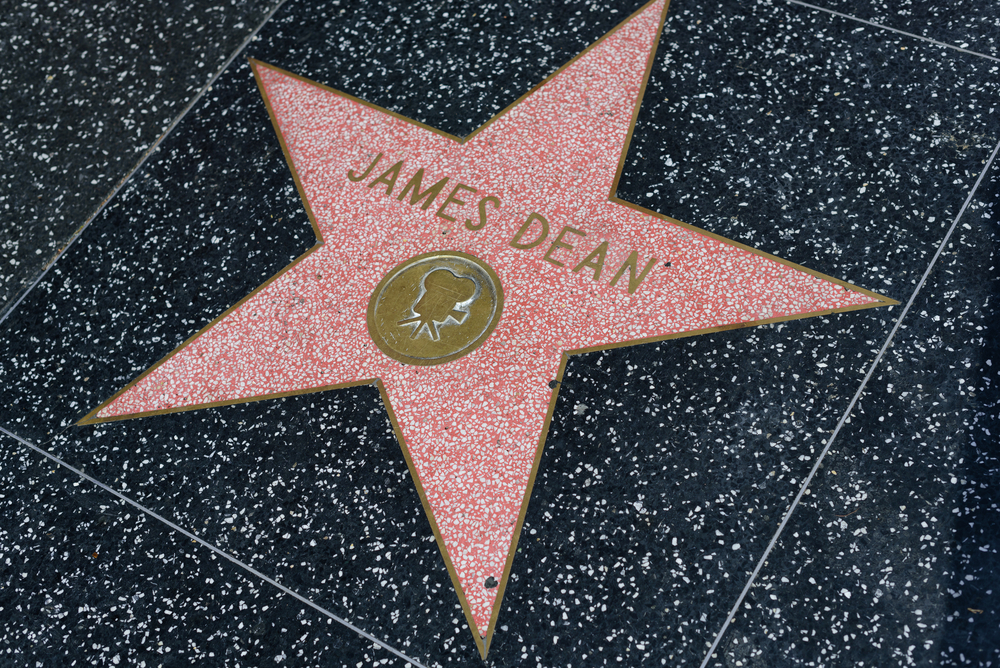Celebrity ‘deep fakes’ are already starring in films, provoking legal and ethical questions about digital life after death.
Hollywood is awash with debate surrounding ‘deep fakes,’ ‘digital likeness,’ or ‘digital twins,’ which all mean practically the same thing: digitizing actors’ physical forms and voices using AI.
Actors from the SAG-AFTRA union recently joined writers from the WGA to protest the use of AI to copy and replace human contributions to the US film industry.
You’d think that the bare minimum you’d need to achieve this is up-to-date scans, images, and recordings of an individual’s body, gait, voice, and so on – but that’s not necessarily the case.
An example of an icon whose ‘digital twin’ is set to star in a new film is James Dean, who tragically died in a car accident in 1955.
Several decades after his passing, Dean has been cast as the star in an upcoming movie titled “Back to Eden,” named after the 1955 film “East of Eden.”
AI technology created a digital clone of Dean, enabling him to walk, talk, and interact with other actors in the film.
Dean’s image is is kept by the media agency WRX and its sister licensing company CMG Worldwide, which also represents stars and public figures ranging from Amelia Earhart and Bettie Page to Malcolm X and Rosa Parks.
CMG Worldwide describes its services: “CMG is the active business agent for over 200 of these sought-after clients. In our fourth decade of preserving, promoting, and protecting the legacy of our clients, we license the intellectual property of our clients to the biggest companies in the world.”
Upon Dean’s death, he left behind a collection of film, photographs, and audio, which WRX call “source material.”
These materials are processed by a team of experts to create a digital copy that looks, sounds, moves, and ‘acts’ like Dean. There’s no need for up-to-date images, video, and voice recordings.
Posthumous appearances of actors on screen, facilitated by advanced digital technology, are not new. Notable celebrities like Carrie Fisher, Paul Walker, and Harold Ramis have starred in posthumous film roles.
Legal and ethical implications
Deep fakes provoke unprecedented legal and ethical questions.
Who owns the rights to someone’s ‘likeness’ after death?
Who steers someone’s posthumous career, and towards what ends? For instance, could they be used for adverts, brand promotions, and other commercial uses?
As you might expect, there are no easy answers. When a celebrity dies, ‘rights to publicity’ typically pass to the next of kin or the party granted the rights in a will.
Even if a celebrity writes in their will to prevent their ‘digital likeness’ from being utilized, this doesn’t guarantee perpetual protection. For instance, Robin Williams limited the use of his likeness after death, but it allegedly expires after 25 years.
Legal experts also highlight that, once someone dies, it’s relatively straightforward for their family to ‘sell them out’ without them knowing (obviously).
Moreover, this technology changes all the time – celebrities signing off the use of their ‘source material’ in the 60s, 70s, etc, had no idea it could be used to resurrect them in digital form.
And what about the psychological impacts of digital ‘resurrection?’ Dean’s cousin, Marc Winslow, says, “I don’t know what to think about it. I want him to be respected. He was really involved in acting, took it very serious. I would want the same image to be projected.”
Digital footprints are all you need to clone someone
Modern celebrities – and virtually anyone with a substantial public presence – leave a digital footprint through their work and social media interactions.
Cloning them is straightforward, regardless of whether they grant permission or not. All you need is some ‘source material.’
The technology is there, and it’s exceptionally difficult to protect oneself from digital cloning after death.





